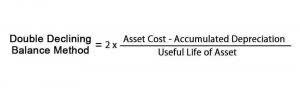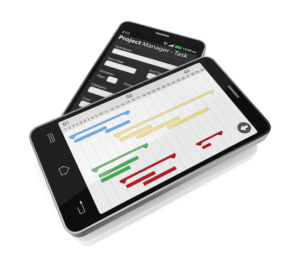While the fully automated production does not need direct labor, it does need indirect labor in each step to ensure the machines are operating properly and to perform inspections (step 4). These costs can’t be traced back to a single unit in the production process. How do companies keep track of their expenses, production, sales, and efficiency? Companies largely depend on different metrics to monitor these essential parameters.
Total Conversion Cost
It’s useful to remember here that your CPC amount is also connected to the value of your product and will likely rise – and fall – with it. For a product that is worth $9,000, a $200 conversion cost is still a respectable ratio. A click is great, but it doesn’t necessarily lead to a conversion, a new customer, a sale. However, to work out your cost per conversion, you will need to know your costs per click. For example, according to Wordstream , in Google Ads, it’s $2.69 for search and $0.63 for income statement display across all industries.
Conversion Costs in Accounting
In addition to the equivalent units, it is necessary to track the units completed as well as the units remaining in ending inventory. A similar process is used to account for the costs completed and transferred. As can be seen, labor is the cost that mainly determines the transformation or conversion process, then from here on there must be costs of a similar nature or of a similar impact. These costs are mainly made up of two costs, on the one hand that of labor and on the other hand that related to the transformation or manufacturing process. Factory outlay are classified in the regular way as indirect costs or overheads. One of the most important pieces of information you can get from the values of conversion cost is whether your marketing campaign is profitable and, therefore, worth the effort.
Conversion Cost vs Prime Cost
- Segmentation plays a crucial role in the success of any e-commerce business.
- In today’s highly competitive business environment, understanding key performance metrics, cost structures and operations efficiency are essential for a company’s success.
- You should also monitor and measure the performance of your campaigns and use data-driven insights to make informed decisions and adjustments.
- This enables the producer to at least earn back the cost incurred while making the product.
- They identify several bottlenecks in the production line and plan to invest in new machinery and training for workers.
- When the component costs and the conversion costs of a product are combined, they represent a lower threshold value at which the product is generally sold.
- Prime costs are calculated based on the direct labour costs and the total cost of the raw materials.
Also, measuring conversion helps to set the desired level of profits, while prime costs control the efficiencies of the manufacturing process. Direct labor costs constitute a significant portion of conversion costs. These costs include wages, salaries, and benefits paid to workers directly involved in the production process. For instance, assembly line workers, machine operators, and quality control personnel contribute to the conversion process. Their time and expertise are essential for turning raw materials into usable products.
Conversion Cost: How to Calculate and Use It for Cost Accounting and Management
This calculator helps you estimate the conversion costs by considering labor and overhead costs. In summary, conversion cost provides a granular view of production expenses, Budgeting for Nonprofits allowing businesses to optimize their processes and allocate resources efficiently. By understanding how it compares to other cost metrics, organizations can make informed decisions to enhance profitability and competitiveness. Remember, the journey from raw materials to finished products involves more than just numbers—it’s a dynamic interplay of labor, creativity, and strategy.
- By managing these components effectively, businesses can enhance their competitiveness and financial performance.
- This is where determining your CPC, your cost per conversion is crucial.
- This information can be useful for cost accounting and management purposes, which we will discuss in the next topics.
- Therefore, once the batch of sticks gets to the second process—the packaging department—it already has costs attached to it.
- Conversion costs are the labor and overhead expenses that “convert” raw materials into a completed unit.
Product Review: Eufy 3-in-1 E20 – The Shape-Shifting Cleaning Marvel
- These are some of the key metrics and tools that you can use to monitor and measure your cost of conversion, and improve your performance.
- If overhead costs are too high, it can lead to reduced margins and lower profits.
- It is a key metric that measures the efficiency and effectiveness of your marketing and sales efforts.
- Conversion costs are the expenses of manufacturing overhead and direct labour that are needed to produce raw materials into finished products.
You must know what the conversion cost formula is so that you must know about the spending, PPC ROI and wastages happening in campaigns. Overhead costs encompass various indirect expenses related to manufacturing. These costs might include electricity or gas consumption, water charges, maintenance services fees, building rent or depreciation. The examples of conversion cost will let you understand its calculation and usage more efficiently. Furthermore, it helps you to make favourable financial decisions that benefit you in the conversion costs future. Your conversion goal is the action that you want your website visitors to take, such as signing up for a free trial, subscribing to a newsletter, or making a purchase.





